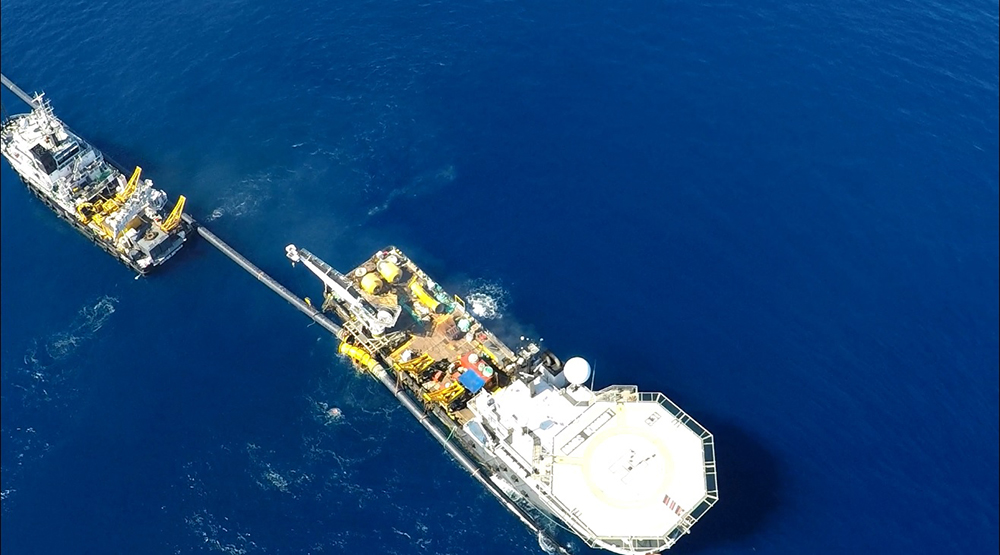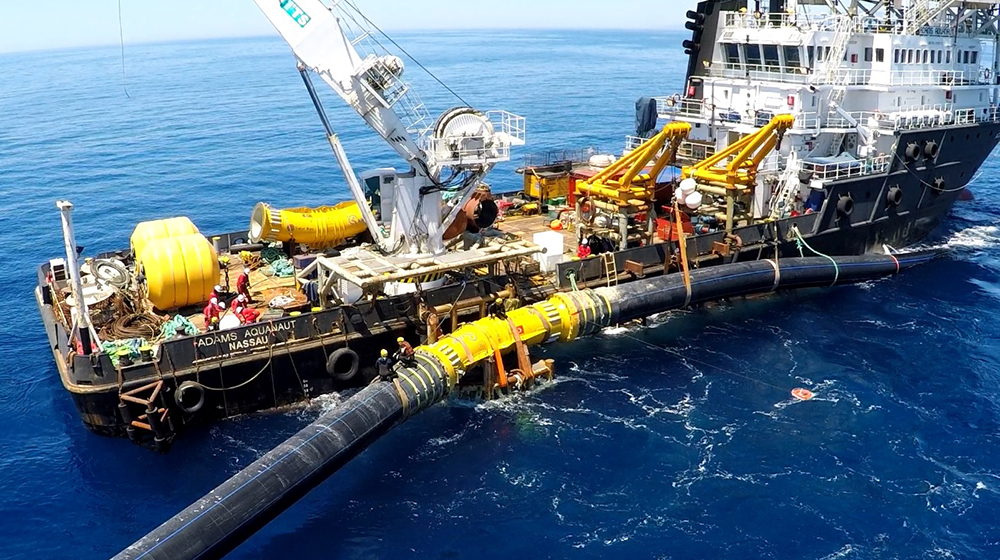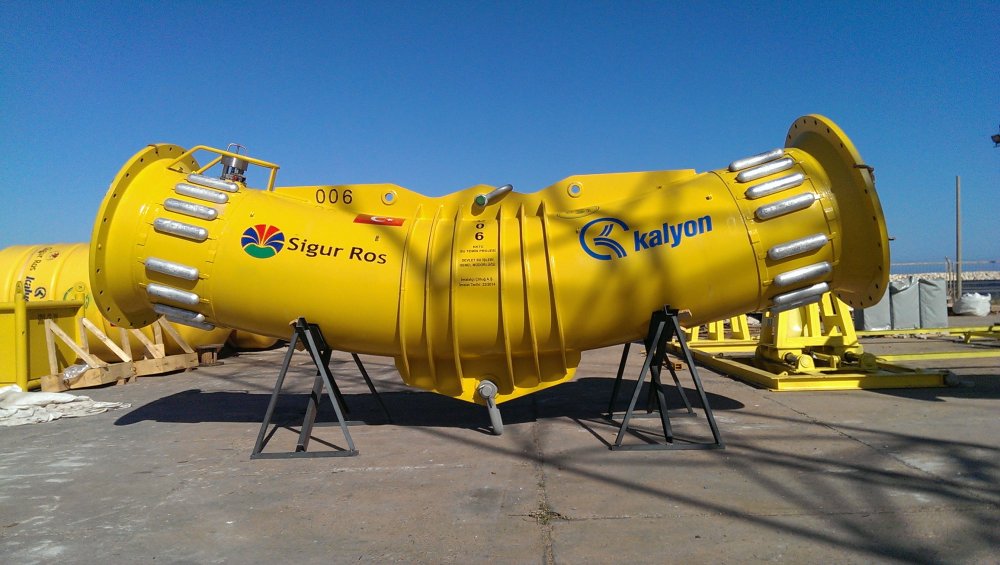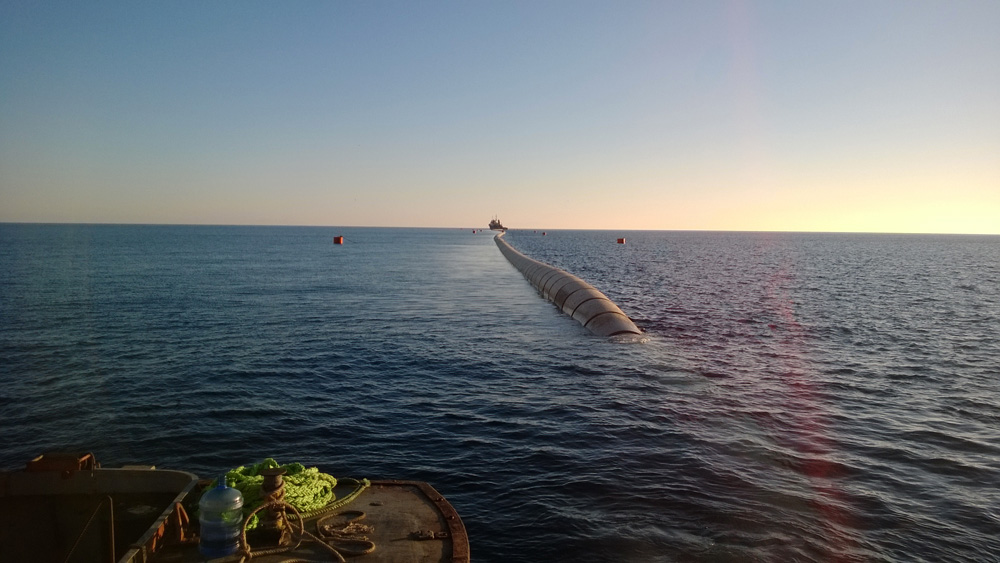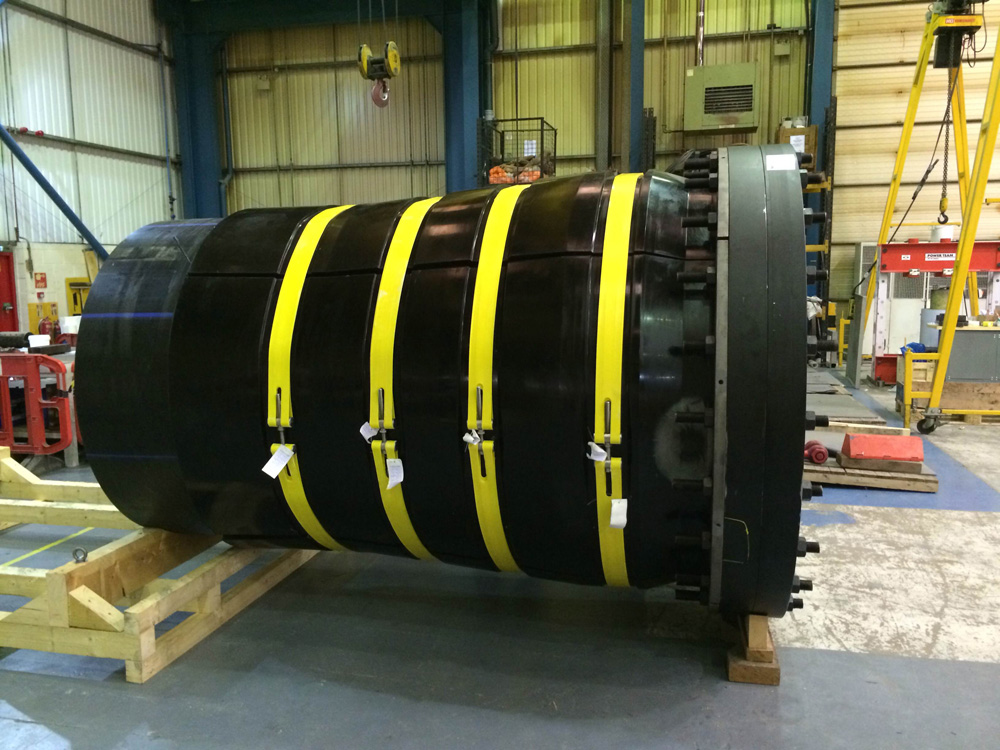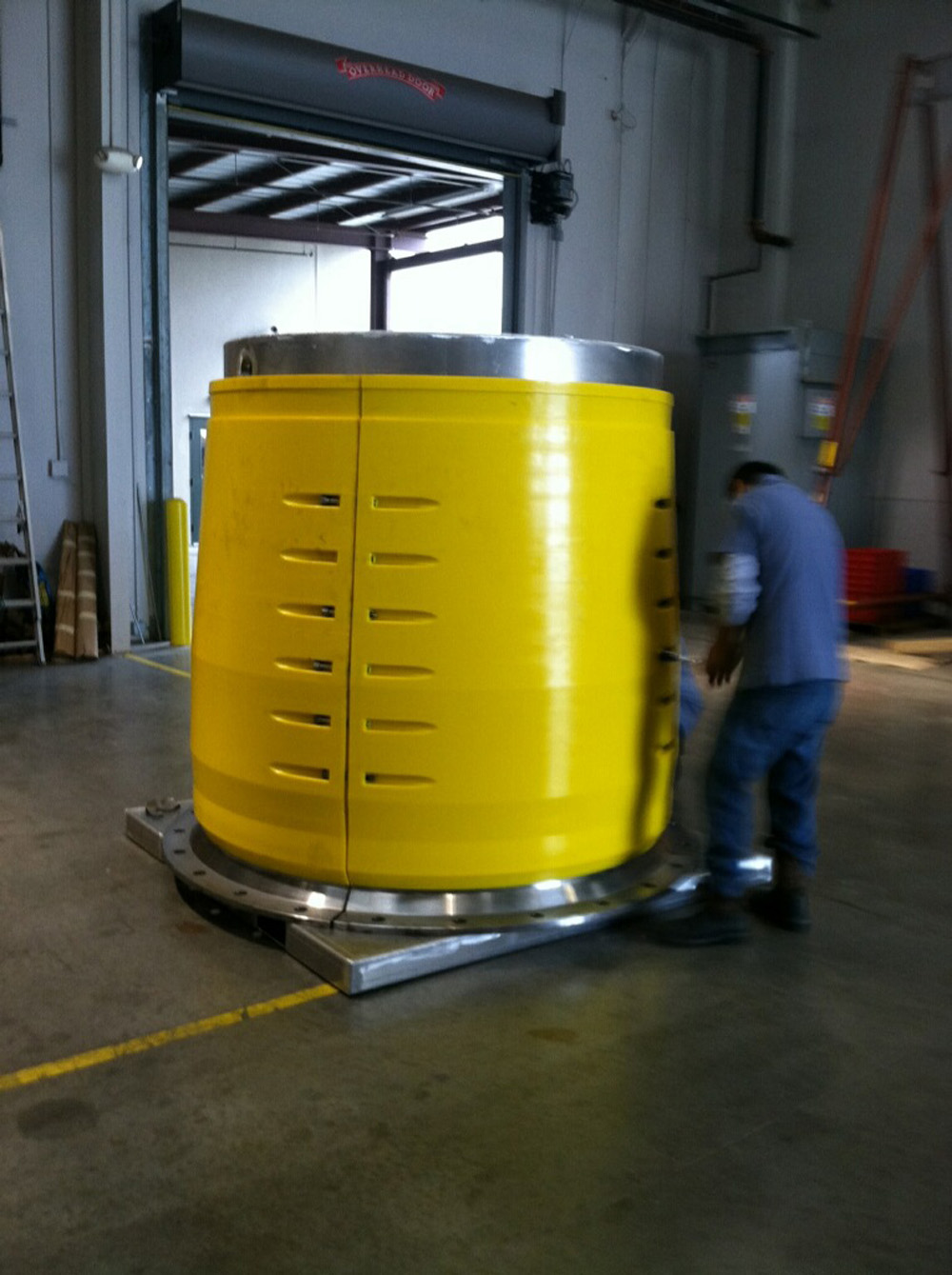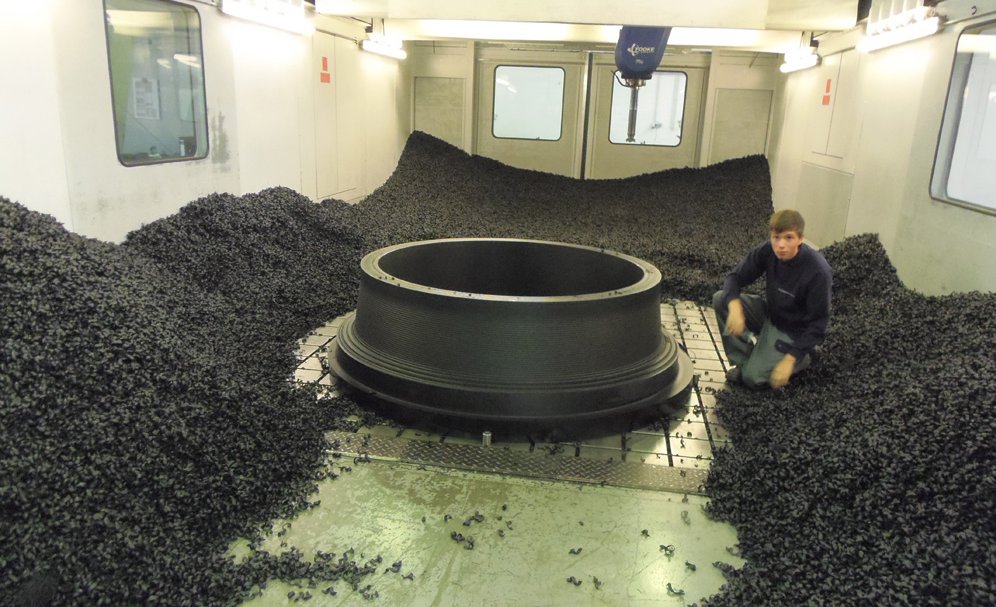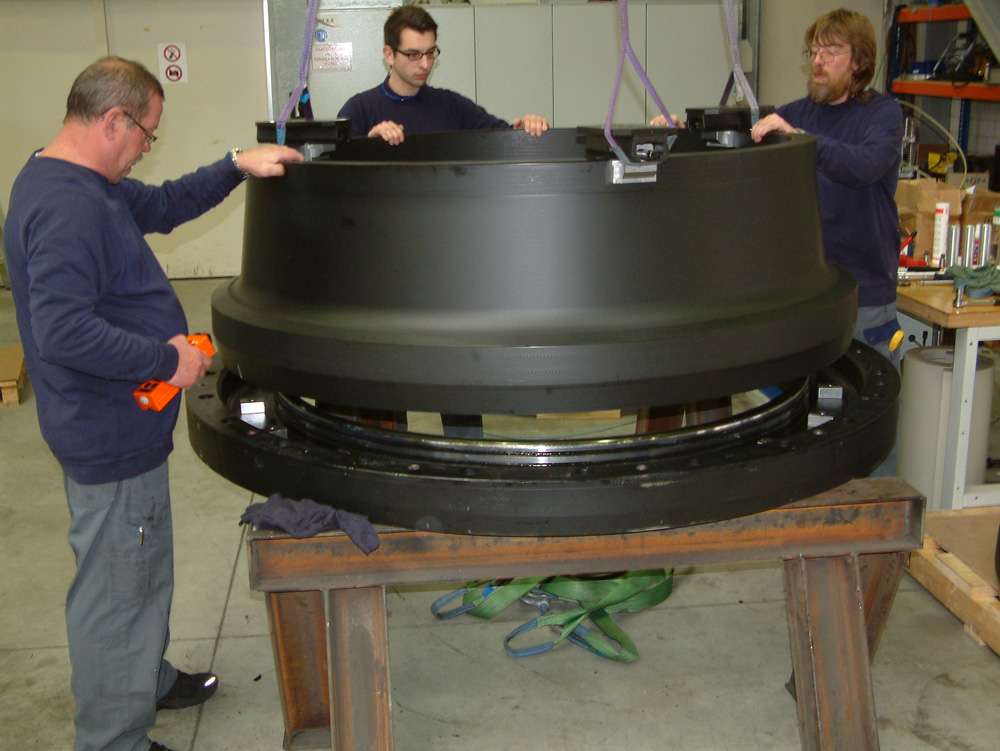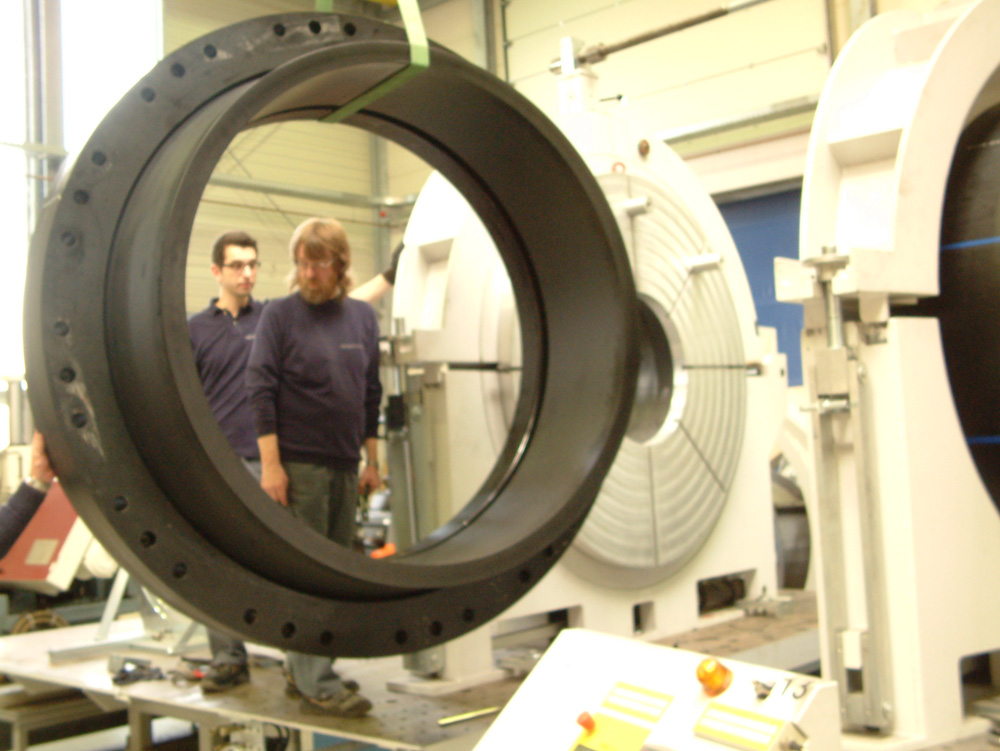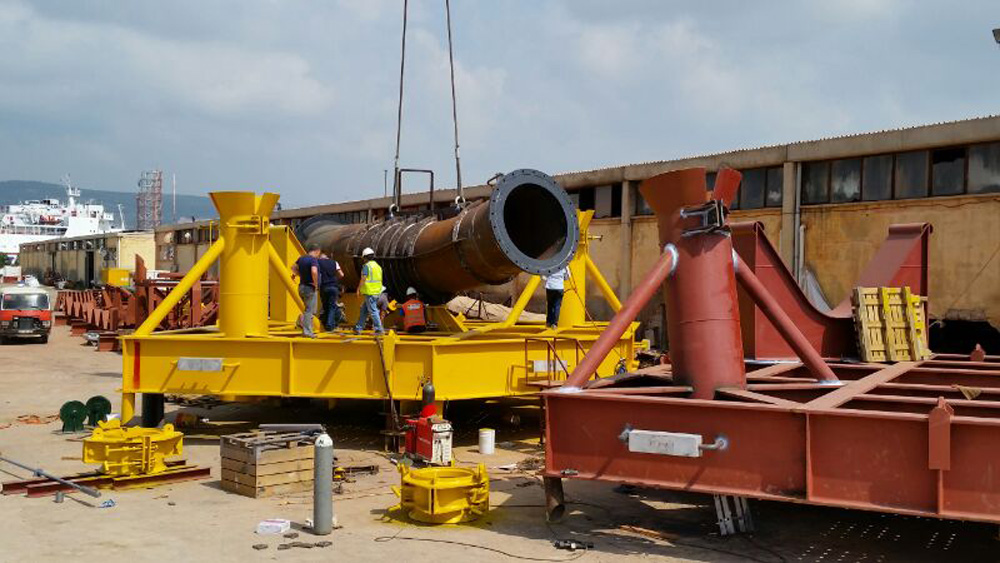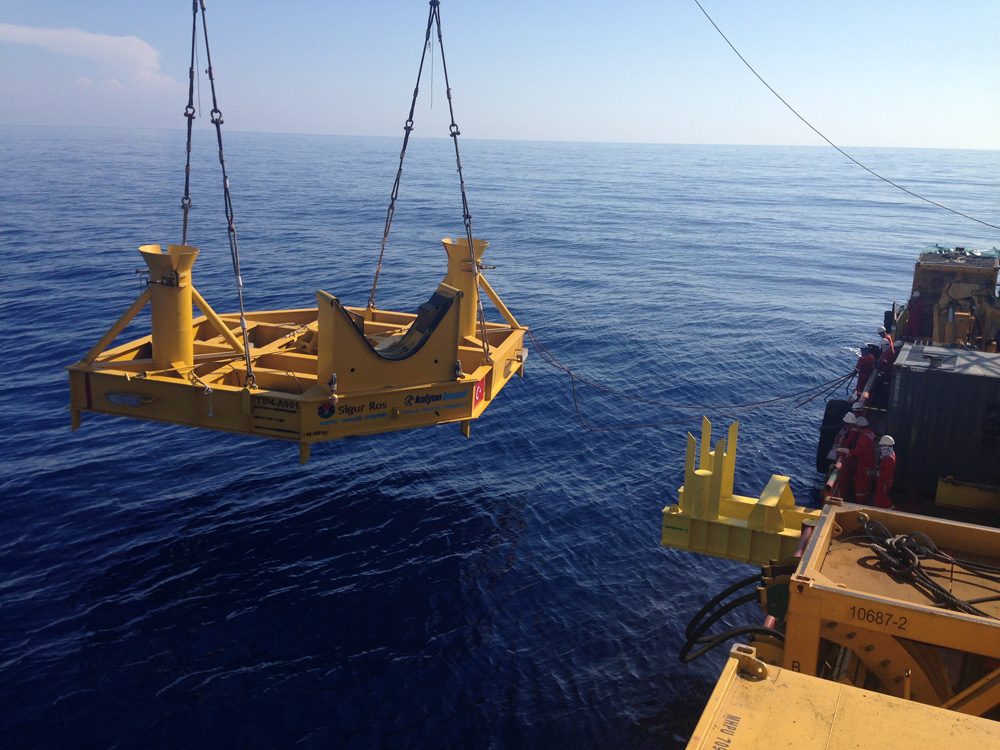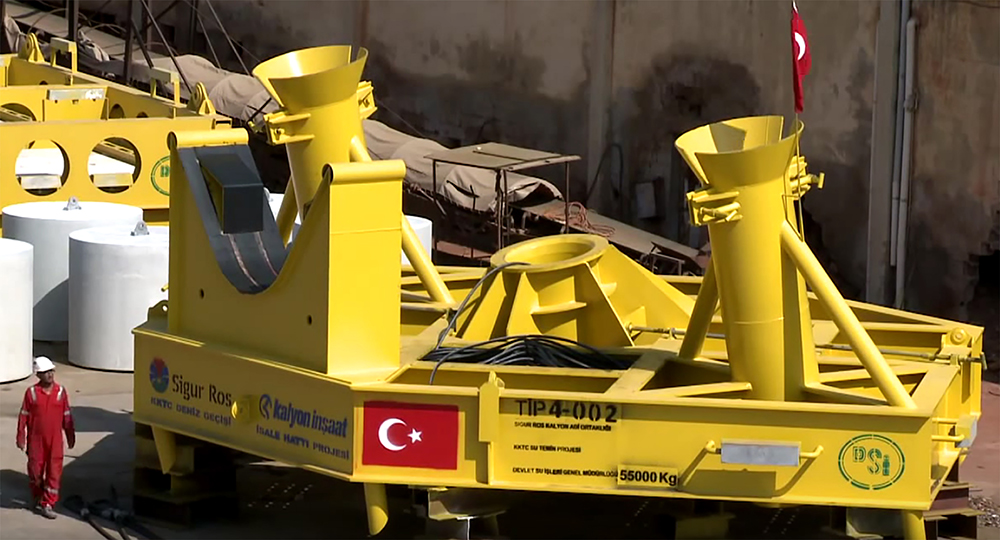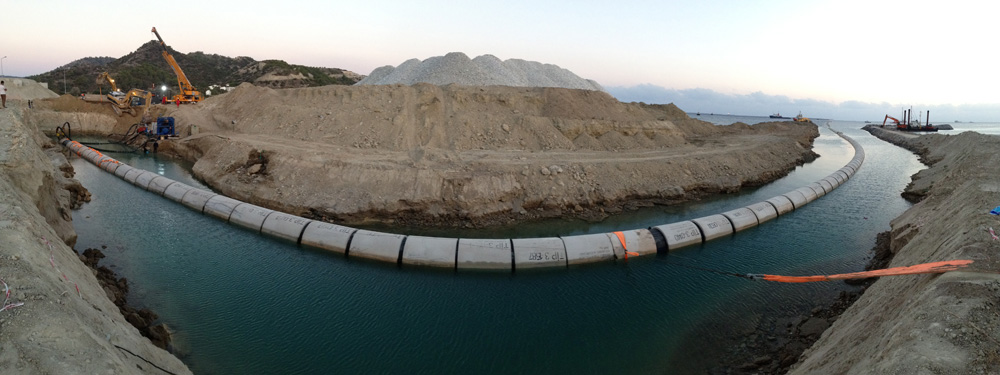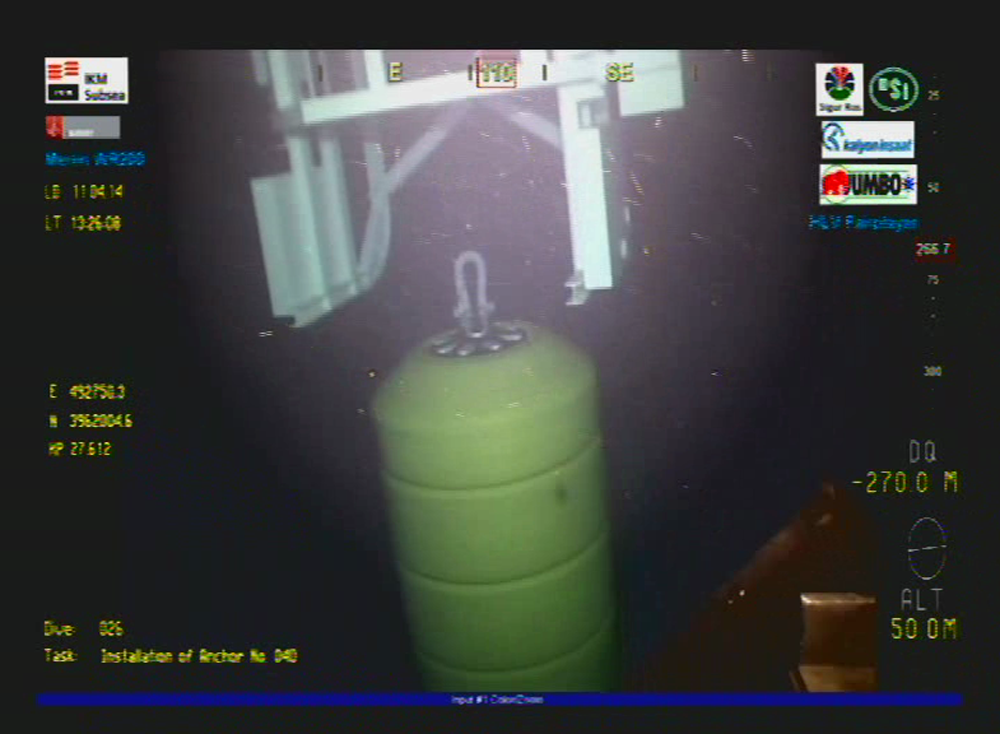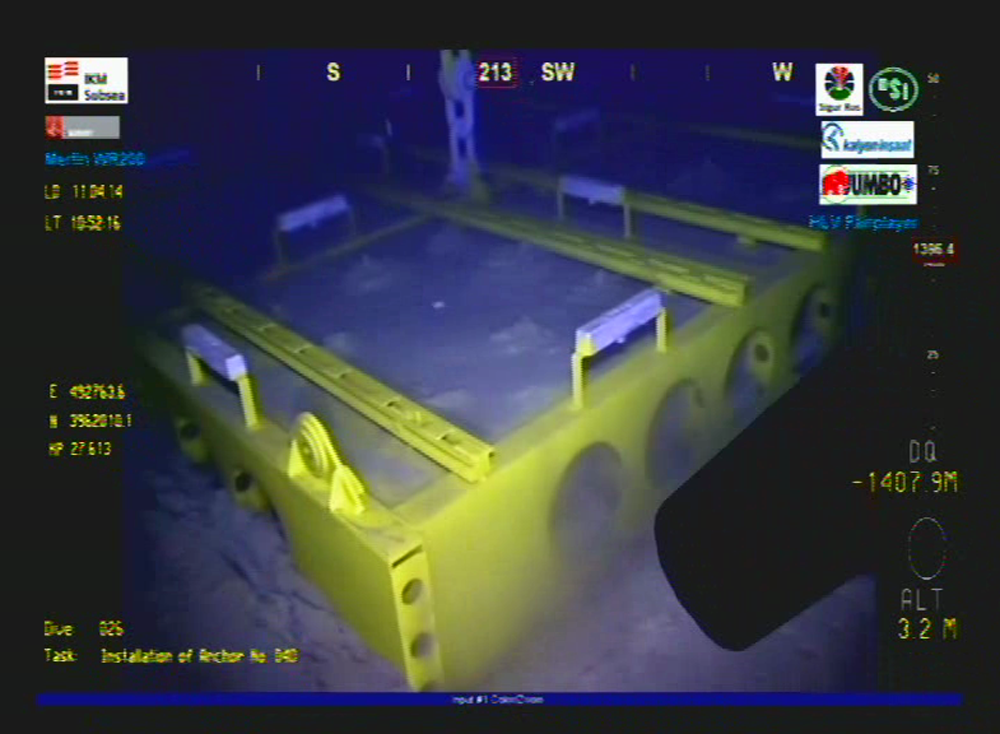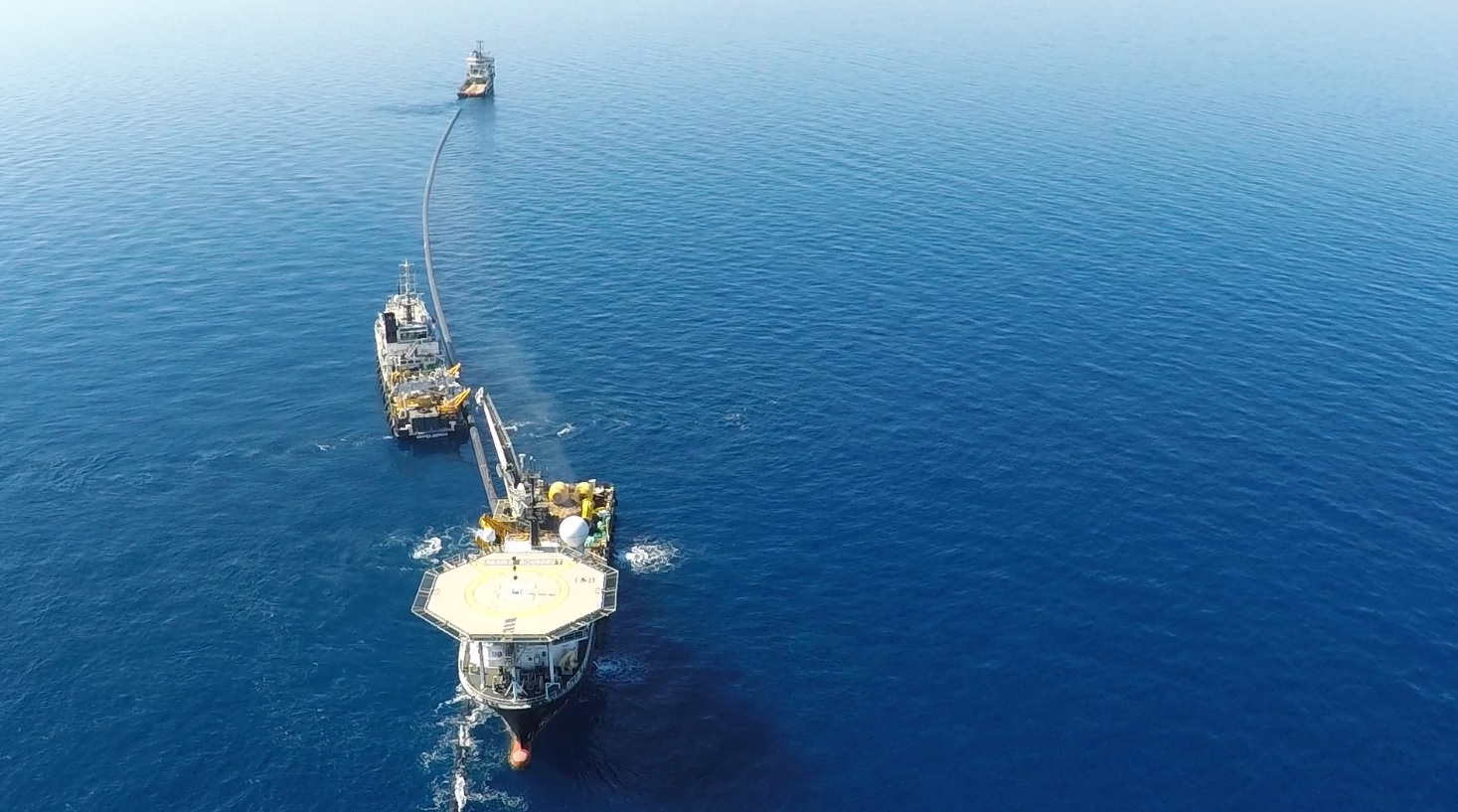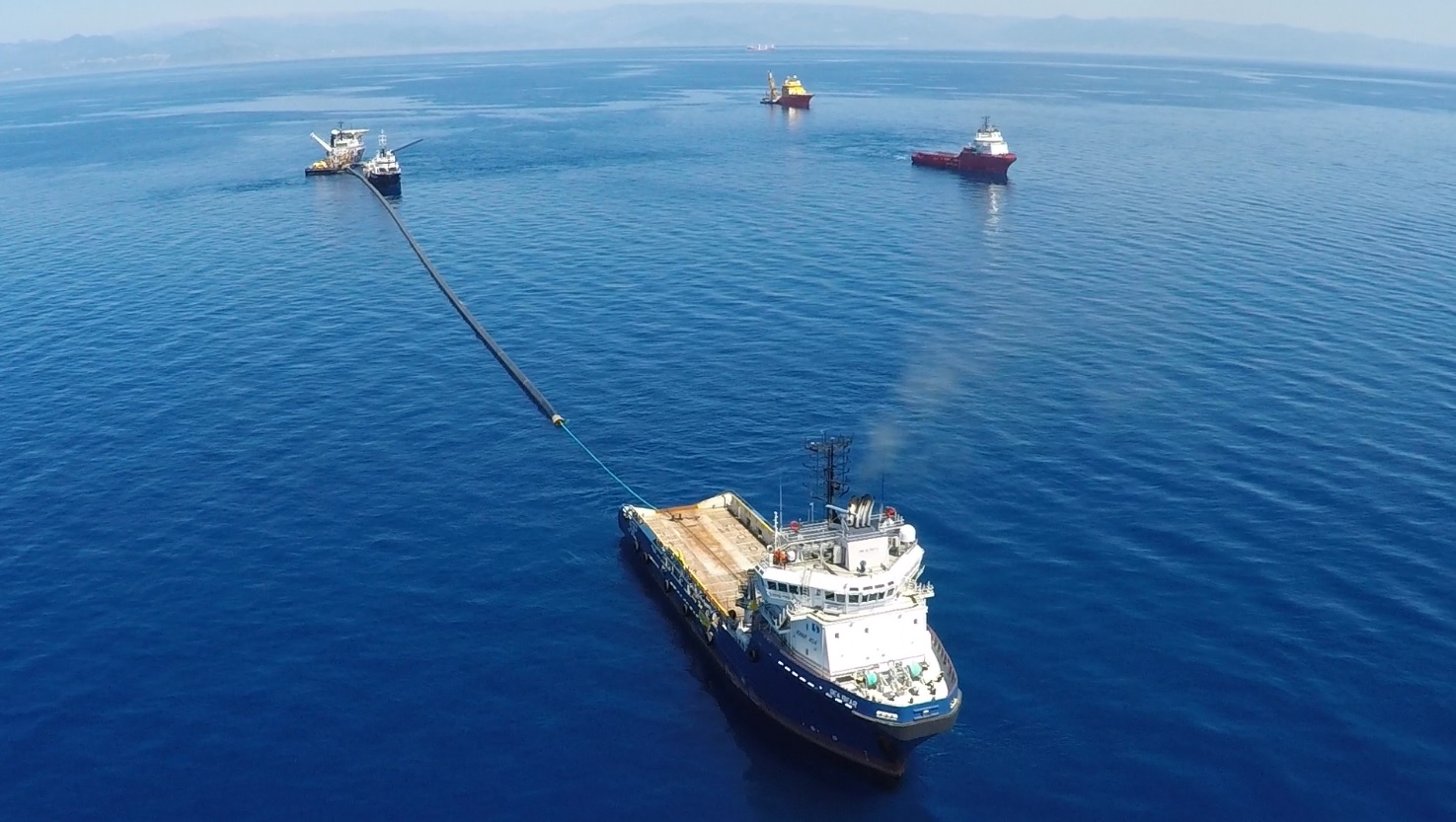AES has been contracted by Sigur Ros – Kalyon Joint Venture and also nominated by the Turkish Water Authority (DSI) to provide the concept development, design, detailed engineering, prototype fabrication, prototype testing, design verification and ABS certification services for the development of the rigid Y-Piece and interconnecting HDPE pipe joint for the Suspended Fresh Water Pipeline Project.
AES’ pipeline global analysis and system review revealed that the pipeline concept presents a number of highly challenging design aspects which require a unique Y-Piece connector and a Steel to HDPE joint interface solution to survive the installation, operational conditions and the harsh environmental conditions of the Mediterranean.
CHALLENGES
AES studied the top level design
challenges that initiated the concept development for the final design
solution.
1.
Highly dynamic pipeline system with large
motions.
2.
Large number (268) of pipeline joints
3.
Complex operation with ROV affects confidence in
assembled joint as well as impact on hardware, cost, and complexity and fabrication
lead time and repair.
4.
Effect of creep on pipe end to flange attachment
as creep may affect sealing efficiency over life span.
5.
Effect of pipe elongation due to long term creep
on statically induced Bending Moment at Steel to HDPE pipe interface.
6. Effect of dynamic pipe line behavior on induced Bending Moment close to HDPE pipe flange interface.
OBJECTIVE
1.
Simplify joint design while utilizing a robust,
industry standard flange connections.
2.
Incorporate a rigid Steel Y-Piece connector in
accordance with the rules of ABS Subsea Pipeline Systems.
3.
Incorporate a Steel to HDPE joint design to
survive induced moment loads, tension and torsion loads at HDPE pipe end,
4.
Improve localized creep issue at the Steel to
HDPE joint.
5.
Consider bolted Flange design for onshore or on
barge installation to provide low cost and known reliability.
6.
Minimize ROV Remote Intervention time.
7.
Minimize number of pipeline joints to reduce
risk.
8. Minimize
manufacturing cost utilizing standard sealing and flange arrangements.
9.
Minimize offshore installation time.
10.
Maximize onshore installation time and float
assemblies to installation site
11. Maximize
system reliability by overall simplification in design and operations
12. Reduce
risks of operational unknowns by performing post installation study to validate
loads and motions.

